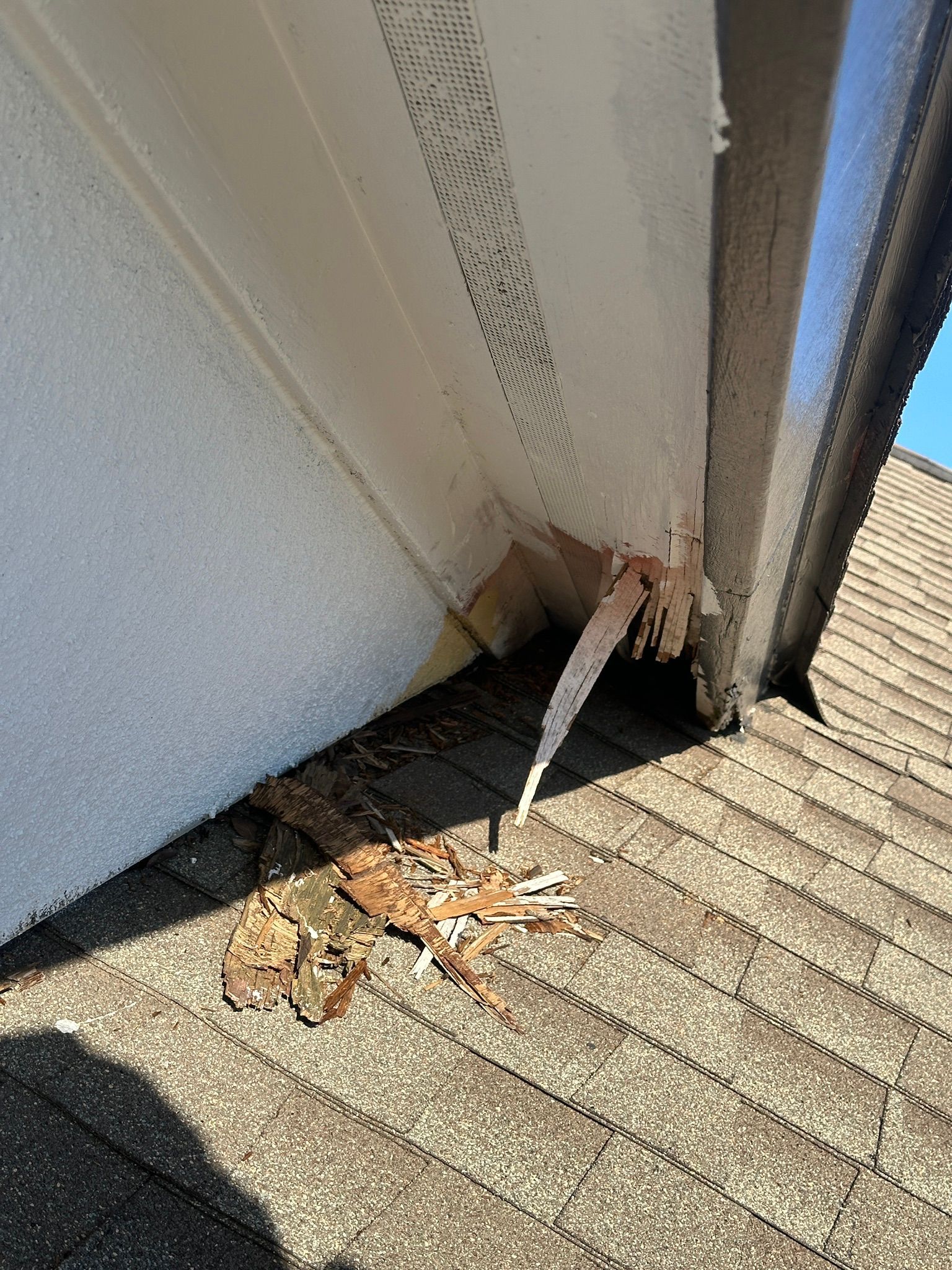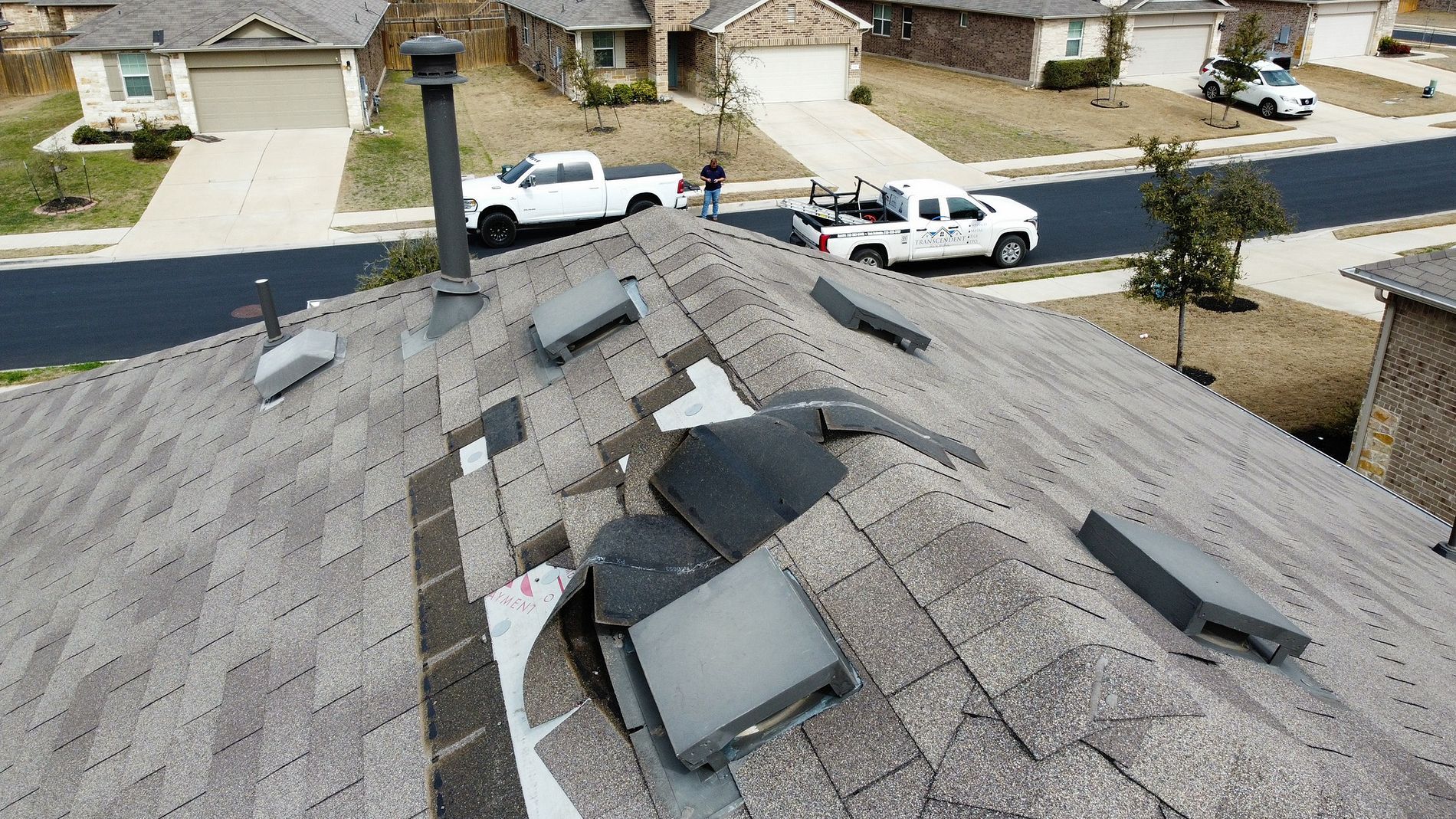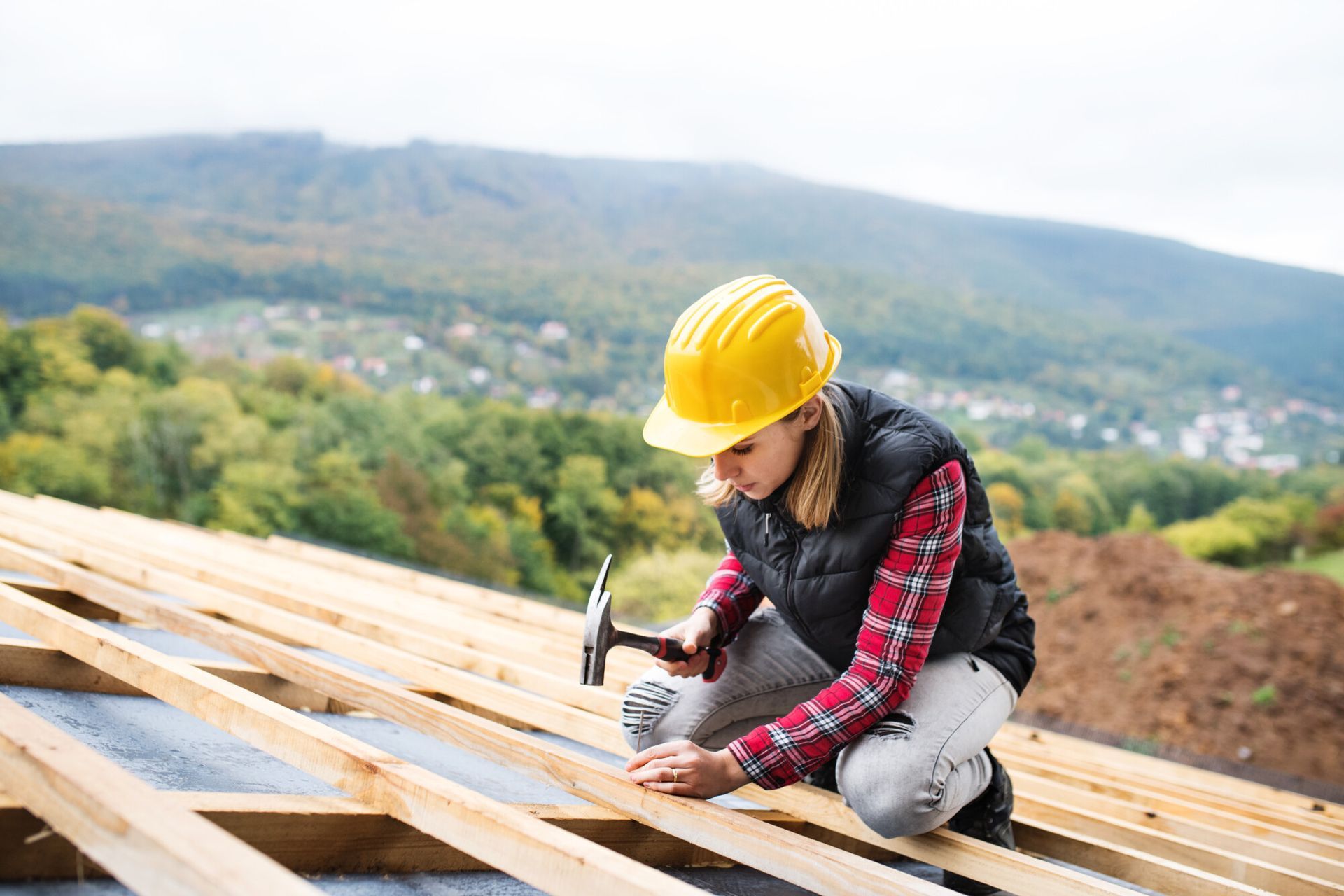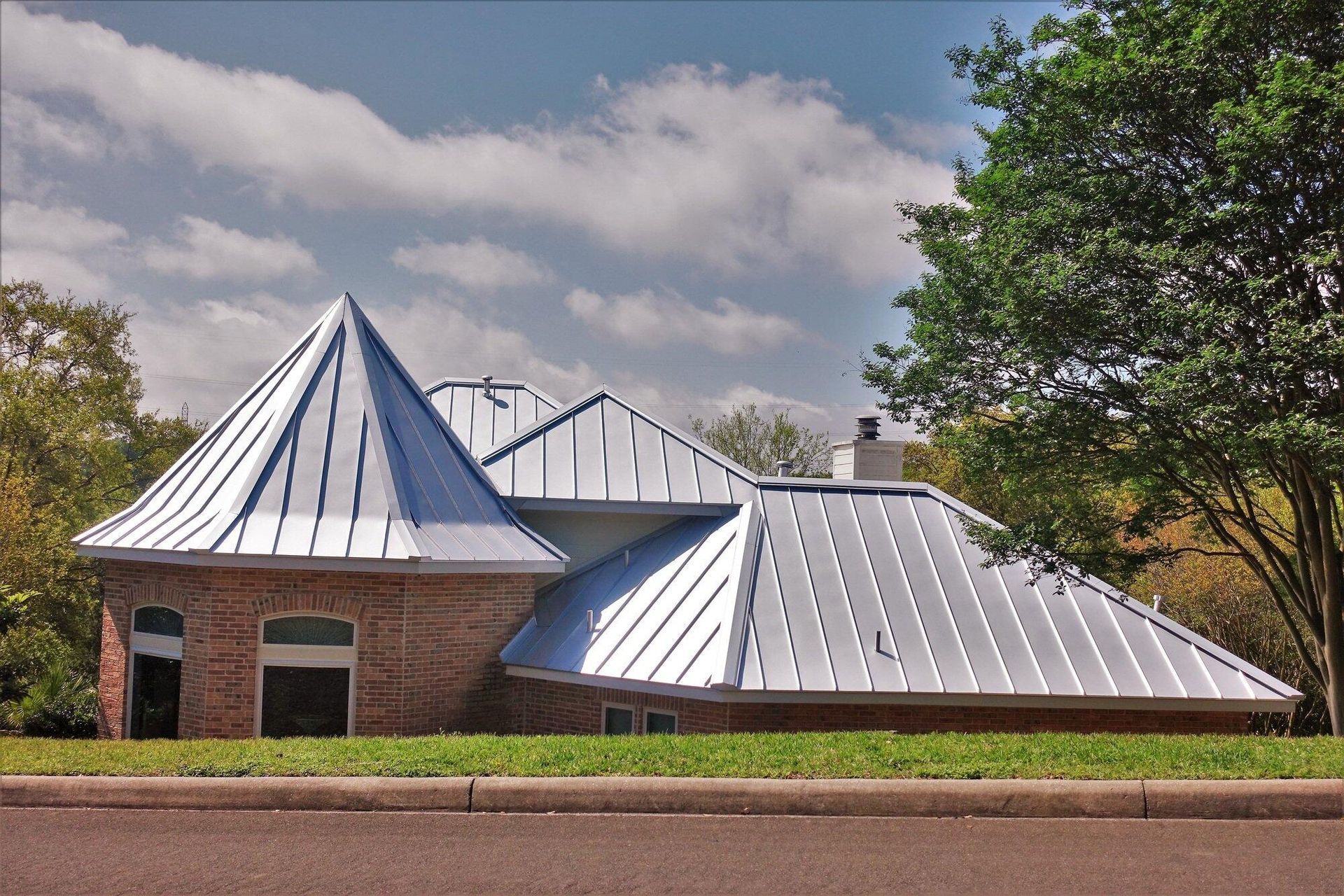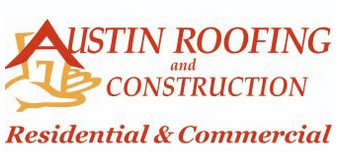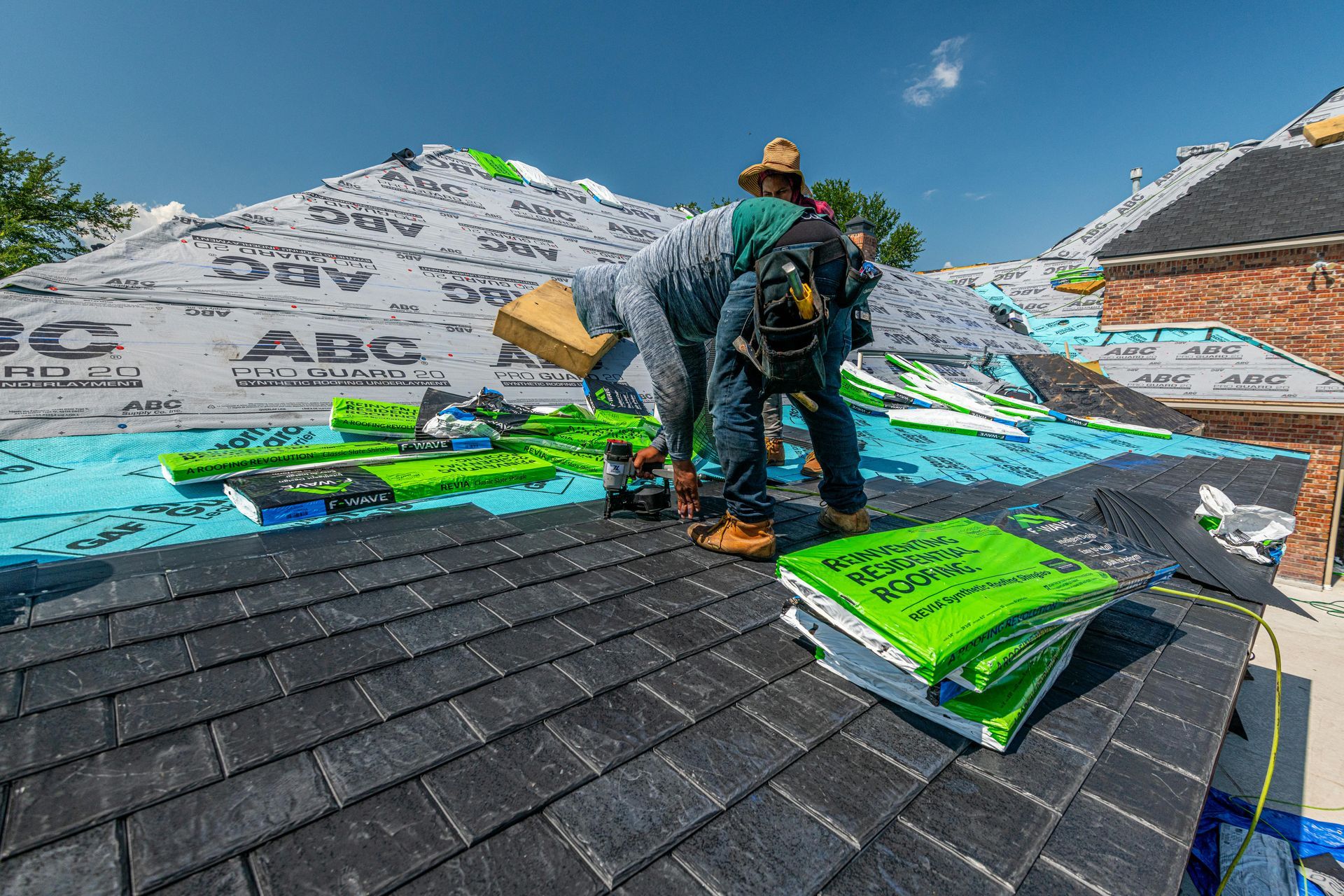Roof Financing Basics: What to Do When You Can't Afford a New Roof
You're a homeowner with a problem: you need a new roof, but you don't think you can afford one. Fortunately, there are several solutions available to you that can help you get the roof you need as quickly as possible. Whether you get a loan from a bank or get roof financing through your roofing company, you can afford a new roof.

Insurance
The first step to take to determine how much money you're actually going to need for a new roof is to contact your homeowner's insurance company. If your roof was damaged or destroyed by one of the perils covered in your policy, your insurance company will cover the cost of repairing or replacing it. However, if you need a roof that has deteriorated from normal wear and tear or has exceeded its life expectancy, a new roof won't be covered.
If your roof was damaged or destroyed by a covered peril, you'll pay your deductible before the insurance company will pay anything toward a replacement. This amount varies from policy to policy, so you'll need to find out how much your deductible is. Typical deductible amounts on a homeowner's insurance policy range from $500 to $2,000, though some policies may allow you to go as high as $10,000. If you only have to pay your deductible, you're in good shape.
Financing Through Your Roofing Company
Most roofing companies offer financing for a new roof purchased through the company at attractive interest rates, especially if you have poor credit and won't be able to get a loan through a bank. For example, our financing rate is 10.99%, and the term is for 10 to 15 years. Roofing companies can usually get everyone qualified to finance their roof, although if you have poor credit, you might pay a slightly higher interest rate.
The biggest benefit of going through your roofing company for financing is its installers can get to work on installing your roof much sooner than if you have to wait for other types of financing to come through. If you need a new roof right away because your situation has made your house unlivable, getting a finance plan through your roofers is a great way to ensure your materials are immediately ordered and installation can begin quickly.
Personal Loan
If you have good credit, a personal loan makes sense for roof financing. This is because you're more likely to qualify with a rate as low as 6% and a term that will give you a reasonably low monthly payment. A personal loan can usually be approved quickly because it is unsecured, which means you aren't putting up collateral that would be forfeited if you default on the loan. When there's no collateral to appraise, you get your money quickly.
The main drawback to a personal loan is that people with low credit scores will either not qualify or will qualify only with a very high interest rate of up to 36%. If you're quoted a rate that high, you'll be better off going through your roofing company because your rate will be more reasonable. Additionally, repayment terms are shorter when your credit is poor and you get a personal loan, which means you'll likely have a higher monthly payment as well.
Home Equity Loan
The biggest benefit of getting a home equity loan to pay for your new roof is that you'll get lower rates and repayment terms of up to 20 years. Essentially, you're taking the equity you've earned in your home based on how much it is worth since you purchased it and using it as credit to get your roof. You're paying yourself back (minus the interest, which goes to the lender).
When you sell your house, if you have any amount outstanding on your home equity loan, it'll be paid with the proceeds from your sale, giving you less profit. Another drawback to using a home equity loan is that you have to get your house appraised so that your lender can determine how much money it's willing to lend you. This can take quite a bit of time, which means you won't be able to get your new roof right away.
Home Equity Line of Credit (HELOC)
A home equity line of credit (HELOC) is very similar to a home equity loan, but it works more like a credit card in that you have available to you: a set amount of money to use as needed. If you already have a HELOC established, it might benefit you to use it to pay for your new roof. This is because, as with a home equity loan, you'll have a low interest rate and a longer repayment term.
Be aware, though, that with either a home equity loan or a HELOC, you are using your house as collateral. This means if you default on the loan, you could lose your house. You want to be sure that you can repay your loan or HELOC amount every month. There are less risky ways of paying for your new roof. You'll need to decide which is better for you.
Credit Cards
If you have a credit card or multiple credit cards with enough room on them to pay for your roof, this might be a viable option for you, especially if you think you can pay them off in 12 to 18 months. This can be an especially good way to pay for a roof if you get a credit card that offers 0% financing for an introductory period of 12 to 24 months, but there are some disadvantages.
Most 0% introductory rate cards are reserved for those who have good credit, so if you have bad credit, you'll have higher interest rates that probably exceed most personal loan rates and anything the roofing company can offer you. Some cards require you to pay off purchases made with 0% financing within a certain time frame. If you're not able to do that, you'll end up paying the card's regular interest rate on the outstanding balance when time runs out, which could be quite high.
Government Home Improvement Loans
There are two types of home improvement loans available through the Federal Housing Administration (FHA), which are FHA 203(k) standard loans and FHA Title I loans. The nice part about these loans is that you can qualify for them with a lower credit score than you'll need for loans through traditional lenders. However, you will have to wait for these loans to be approved, which can take a while, especially in today's COVID-19 environment, when many offices are closed.
FHA 203(k) Standard Loans
FHA 203(k) standard loans are for home improvements that cost more than $5,000, but not more than $35,000. Credit scores of 500 and higher are eligible, but this loan involves refinancing your existing mortgage to an FHA 203(k) loan and rolling the cost of your roof into the new mortgage. You'll also need at least a 3.5% down payment, which increases to 10% if your credit score is below 580.
FHA Title I Loans
This type of loan is more likely to be approved quickly, especially if you have $7,500 or less to borrow. These loans are unsecured, but any amount over $7,500 is secured by your home. The maximum amount you can borrow is $25,000, and you'll have up to 20 years to pay it back, making it a nice option if you're looking for low payments. To qualify for this loan, you'll have to have a debt-to-income ratio of less than 45%.
Cash-Out Refinance
This option is similar to the government's FHA 203(k) loan because you'll end up rolling your roof costs into your mortgage amount. The nice aspect of this type of financing is that you won't have to worry about making an extra payment on your roof loan. You'll simply pay your mortgage every month, which will also cover the amount you borrowed for your roof. Additionally, you'll probably get a lower interest rate than through other options as well.
There are a couple of disadvantages to this financing option, though. One is that it'll take time to refinance your home. The average time for a refinance to be fully complete is 45 days, so if you need your roof installed right away, this is not a good choice. Additionally, as with home equity loans and HELOCs, your house is your collateral for the money you're borrowing. If you have issues paying it off, you could lose a lot more than a roof.
As you can see, there are quite a few options to help you afford a new roof. Now, what you need to do is determine which option works for your financial needs and your immediate roofing needs. You don't want to wait to get financed if you need a roof immediately, so financing through your roofing company is the option most likely to get your job done soon.


